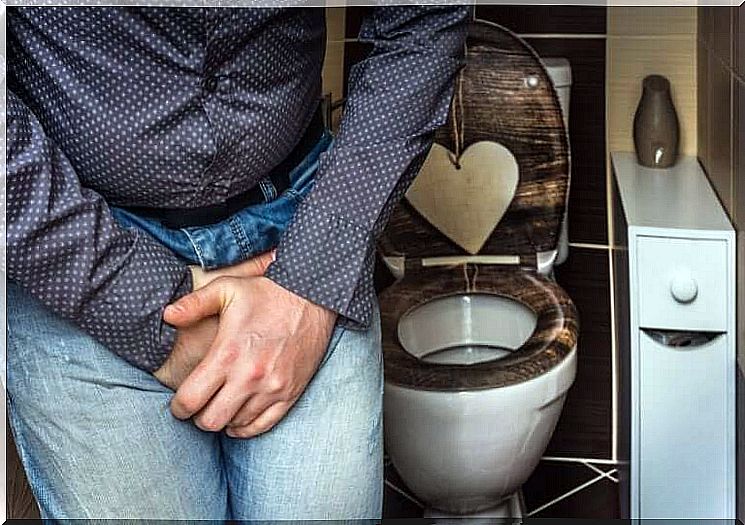Balloon Catheter: Function And Application
The balloon catheter is widely used in medicine. At the end of the catheter tube there is a balloon that can be inflated with compressed air or liquid. Find out more about this topic today.

The balloon catheter is a flexible plastic catheter that is used in urology, for example, to drain urine from the urinary bladder. It is therefore often referred to as a urinary catheter.
The tube is usually made of latex because the properties of this material are comfortable for the patient. However, if the patient is allergic to latex, a catheter made from other materials must be used, which can also be sterilized to avoid infection.
The American surgeon Dr. Foley developed this catheter, which is used very often in medicine.
Balloon Catheters: Shapes and Types

The balloon catheter is inserted through the urinary tract to the bladder, so it must be a tube that can adapt to different sizes.
For this reason there are different versions for children, women and men. The length and thickness of the tube can therefore vary in order to adapt to the patient’s anatomy.
There is a separate unit of measurement to describe the size of the catheter: The French Charrière measure is used to define the outer diameter of the catheter. This unit of measurement corresponds to 0.33 mm and is represented by the symbol F. All balloon catheters are provided with a balloon that can be inflated with compressed air or a liquid. This is essential for the catheter to function as it prevents it from escaping. It is attached by the balloon.
How is the balloon catheter inserted?
First it is checked that the balloon catheter is in perfect condition. Medical devices are subjected to strict controls during manufacture in order to guarantee their effectiveness and prevent problems.
To check the functionality, a sterile needle is inserted into the opening of the balloon in order to be able to observe whether it opens without the liquid escaping. If this works properly, the catheter can be put on.
The sterility is essential to prevent infections. Therefore, the patient must be prepared accordingly. In order to place the balloon catheter, pressure is usually applied to the abdominal area, and proper breathing is very important. Simulating urination can also be helpful in this process.
Once the catheter is in place, the balloon is filled with distilled water using a syringe. The catheter is then withdrawn very carefully to check that it is firmly in place and that it cannot slip out.
Finally, a bag is attached to the outer end of the catheter to collect the urine. Markings (in mm) are usually seen on this bag to make it easy to determine the volume of urine.
When is a balloon catheter used?

The most common cases in which a balloon catheter is used are:
- With urinary incontinence: Elderly people or patients with neurological damage in particular often suffer from urinary incontinence.
- If there are problems emptying the bladder: for example in prostate cancer.
- In patients who have to have urination checked after an operation.
What are the disadvantages of the balloon catheter?
There is a risk of infection, which must be prevented by being sterile. It is a foreign body that is introduced into the body and could bring bacteria into the bladder from the external genital area. Appropriate hygiene and precautionary measures are therefore essential.
It is also important to avoid twisting the collection bag and thereby interrupting the outflow of urine. The export control and observation are therefore of great importance in order to prevent the urine from flowing back again.
Usually the catheter is attached to the patient with a plaster. When the patient is in bed, the bag can be hung under the bed so that the urine can be properly drained.









